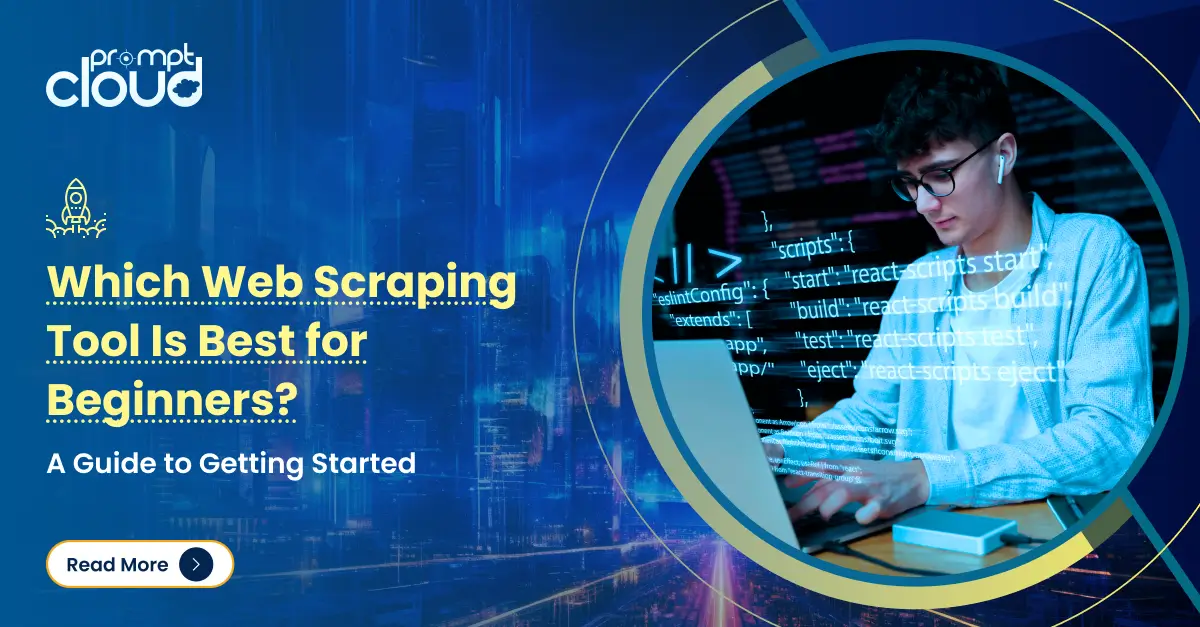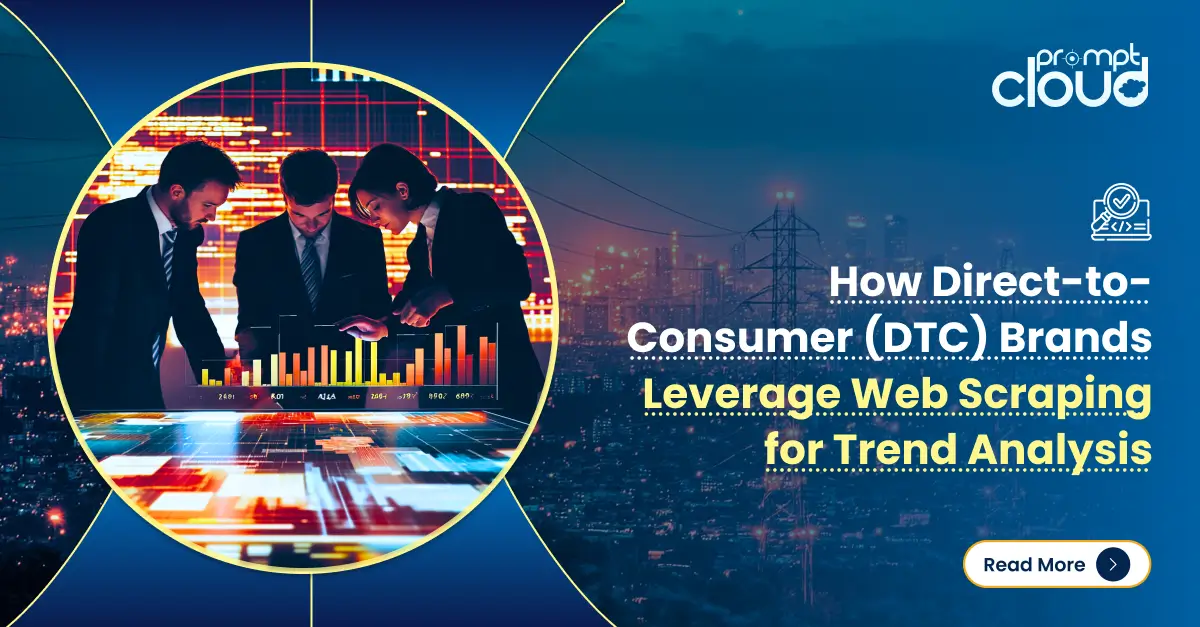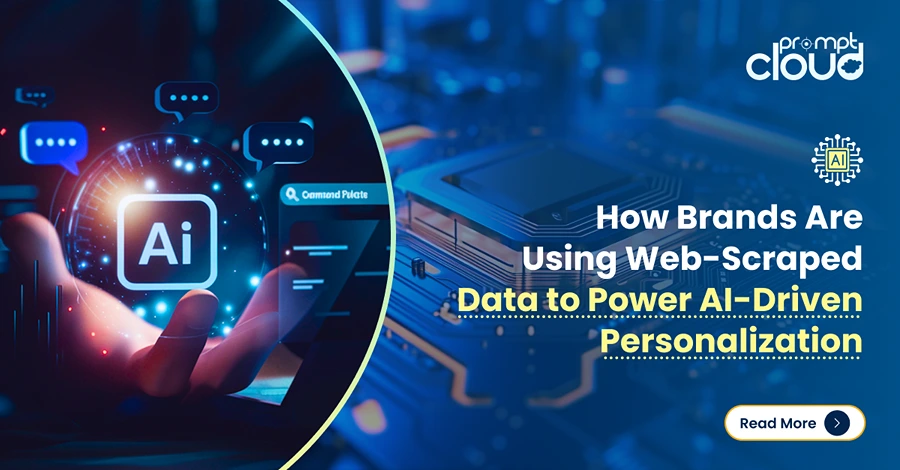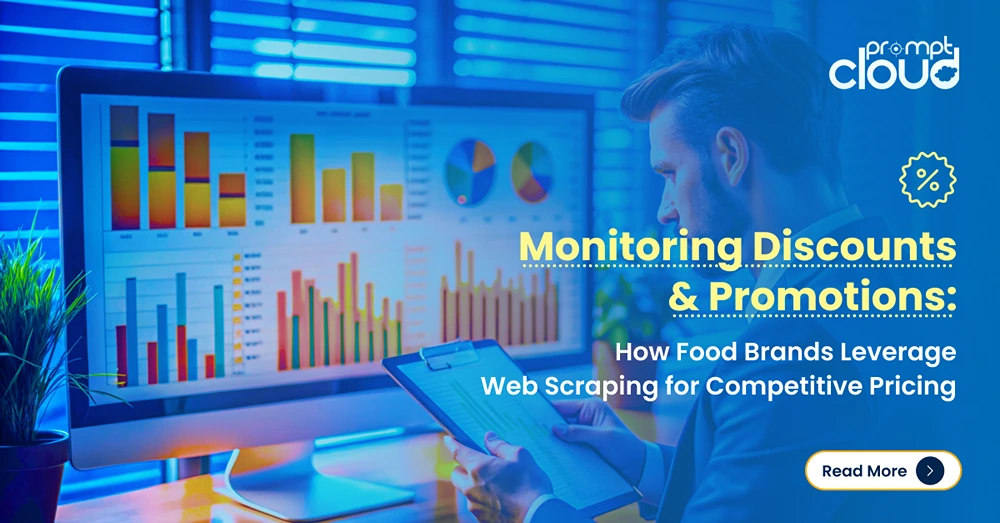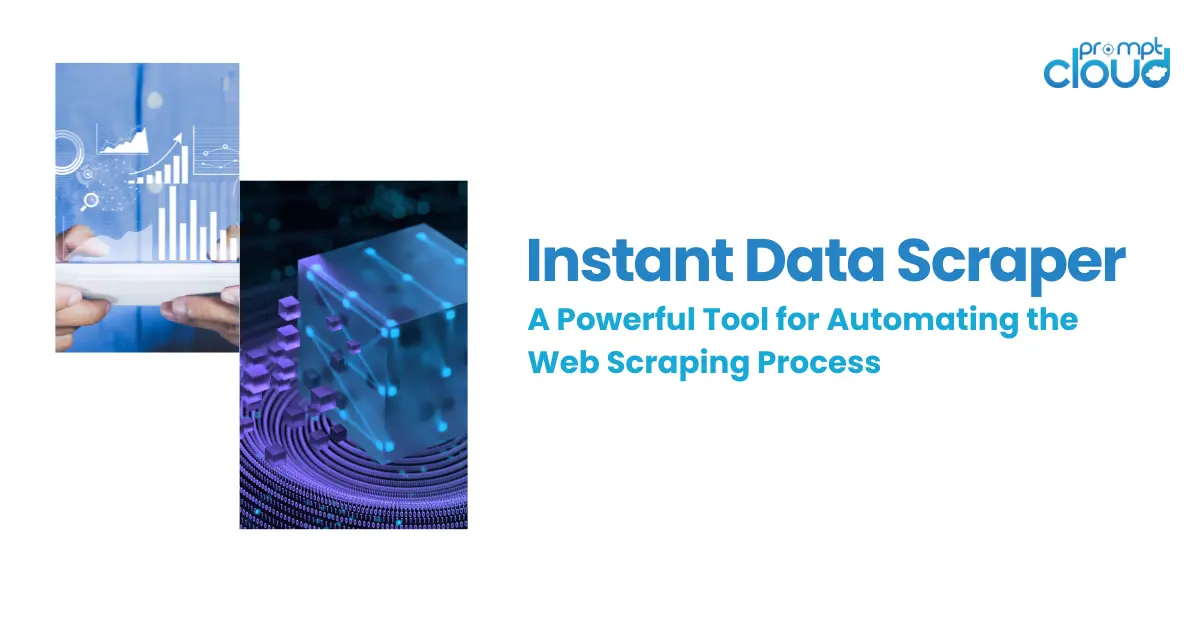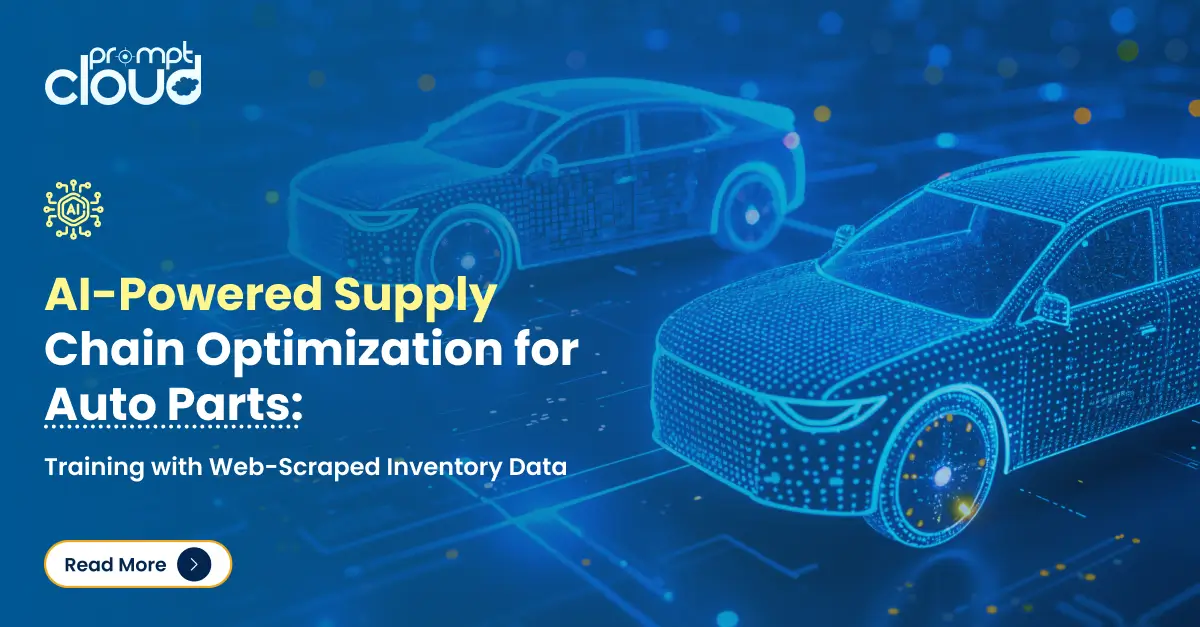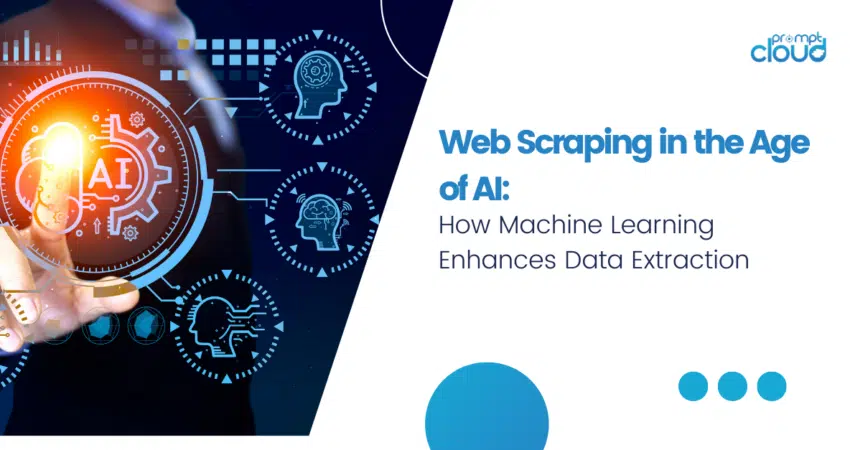
Introduction
In the digital era, where data is the new gold, the ability to efficiently gather and analyze this data is paramount. The advent of artificial intelligence (AI) and machine learning (ML) has revolutionized the field of web scraping, transforming it into a more efficient, accurate, and insightful practice. This article explores how machine learning is enhancing the capabilities of web scraping, making it an indispensable tool in various industries.
The Evolution of Web Scraping
Early Days: The Genesis of Data Harvesting
The origins of web scraping trace back to the early days of the internet when websites were simpler, and the data was less complex. Initially, web scraping was a manual process, often involving copying and pasting data from web pages into local databases. As the internet grew, so did the need for more efficient methods of data collection.
Automation Era: Scripting and Rule-Based Systems
The first leap in the evolution of web scraping came with the introduction of automated scripts. These scripts, written in languages like Python or Perl, were designed to systematically crawl websites and extract specific data points. This era saw the rise of rule-based systems, where scrapers were programmed with specific rules to identify and extract data based on HTML structures. However, these systems had limitations: they were brittle and often broke when website layouts changed.
Sophistication with APIs and RSS Feeds
The advent of APIs (Application Programming Interfaces) and RSS (Really Simple Syndication) feeds marked a new phase in web scraping. APIs provided a more structured way for programs to access and extract data, while RSS feeds allowed for easy access to regularly updated content. This period signaled a shift towards more organized and consent-based data scraping.
The Big Data Influence
With the explosion of big data, the demand for web scraping technologies surged. Businesses and organizations recognized the value of insights derived from large-scale data analysis. Web scraping became a critical tool for gathering vast amounts of data from the internet, feeding into big data analytics platforms. This era was characterized by the development of more robust, scalable scraping systems capable of handling large datasets.
Integration of Machine Learning: A Paradigm Shift
The most transformative phase in the evolution of web scraping began with the integration of machine learning. Machine learning algorithms brought a level of intelligence and adaptability previously unseen in web scraping tools. These algorithms could learn from the structure of web pages, making them capable of handling dynamic and complex websites. They could also interpret and extract data from a variety of formats, including text, images, and videos, vastly expanding the scope of web scraping.
Advanced AI Integration: The Current Frontier
Today, web scraping stands at a new frontier with the integration of advanced AI technologies. Natural language processing (NLP) and image recognition capabilities have opened up new possibilities for data extraction. Web scrapers can now understand and interpret content in a way that mimics human understanding, allowing for more nuanced and context-aware data extraction. This phase is also witnessing the use of sophisticated anti-scraping measures by websites, and in response, more advanced techniques to ethically and legally navigate these challenges.
The Role of Machine Learning in Web Scraping
Enhanced Data Extraction
Machine learning algorithms are adept at understanding and interpreting the structure of web pages. They can adapt to changes in website layouts, extract data more accurately, and even handle unstructured data like images and videos.
Overcoming Traditional Challenges
Traditional web scraping methods often struggled with challenges like data quality, website complexity, and anti-scraping measures. Machine learning algorithms can navigate these challenges more effectively, ensuring a higher success rate in data extraction.
Real-World Applications of ML-Powered Web Scraping
Market Research and Consumer Insights
In the realm of market research, ML-powered web scraping plays a crucial role in gathering consumer insights. It helps businesses understand market trends, consumer preferences, and competitive landscapes by analyzing data from social media, forums, and online marketplaces.
Sentiment Analysis and Brand Monitoring
Machine learning algorithms excel in sentiment analysis, allowing companies to gauge public sentiment towards their brand or products. This involves scraping and analyzing data from reviews, social media posts, and news articles.
Predictive Analytics in Finance
In finance, ML-powered web scraping is used for predictive analytics. By scraping financial news, stock market data, and economic indicators, financial models can forecast market trends and assist in investment decisions.
Overcoming Ethical and Legal Challenges
As web scraping becomes more advanced, it’s important to consider the legal and ethical implications. Ensuring compliance with data privacy laws and respecting website terms of service are crucial aspects of ethical web scrapingA practices.
Best Practices
Adopting best practices like respecting robots.txt files, not overloading servers, and anonymizing data can help mitigate legal risks and promote responsible web scraping.
The Future of Web Scraping with AI and ML
Continuous Advancements
The future of web scraping looks promising, with continuous advancements in AI and ML technologies. These advancements are expected to further enhance the accuracy, speed, and efficiency of data extraction.
Integrating with Emerging Technologies
Integration with emerging technologies like natural language processing and computer vision will open new frontiers in web scraping, enabling even more sophisticated applications across diverse fields.
Conclusion
Web scraping in the age of AI and machine learning represents a significant leap forward in data extraction technology. By harnessing the power of these advanced algorithms, industries can tap into a wealth of information, gaining insights that were previously inaccessible. As we move forward, the role of ML-powered web scraping in shaping data-driven strategies and decisions will only grow more integral.










